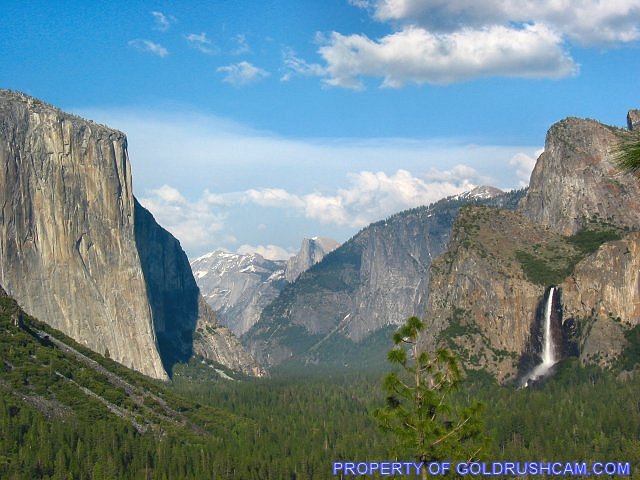
Yosemite National Park
Sierra Sun Times file photo
March 3, 2020 - Yosemite National Park Staff have completed the March 1 snow surveys. The water content of the snowpack in the Tuolumne drainage is 34% of average; in the Merced drainage it is 38% of average.
Source: M. Fincher/NPS
Yosemite Hydroclimate Update - February 2020
Continued dry conditions persisted in the park throughout February. Air temperatures were warm and fluctuated daily between around 20°F and 50°F for most stations in the park. A short cold streak brought sub zero temperatures to the high country on February 3 (-7°F at Dana Meadows). Conversely, the end of the month brought daily maximum temperatures to above 80°F in El Portal during the last few days.
Snow depths in the park at the end of February ranged between 0 inches (Lower Kibbie Ridge station) and 35 inches (Dana Meadows). However, the storm on March 1 brought around 8 inches of fresh snow in many areas of the parks's high country, with a maximum of 14 inches at Slide Canyon in the northern part of the park.
Snow water equivalent generally fell during February, with stations loosing up to 5 inches (Lower Kibbie Ridge) and remaining relatively constant (Paradise Meadows).
Snow density was consistently between 25% and 50% for most of the stations within the park, with densities generally rising a total 5 - 10 % throughout the month.
To request graphs which display the January air temperatures, snow depths, snow water equivalent (SWE - i.e., the amount of water held in the snow pack), and snow densities for multiple meteorological stations within the park for the month of February, email rachel_hallnan@nps.gov. Also feel free to email if you have any questions about the hydroclimate network in Yosemite or would like any additional information.
Source: R. Hallnan/NPS








